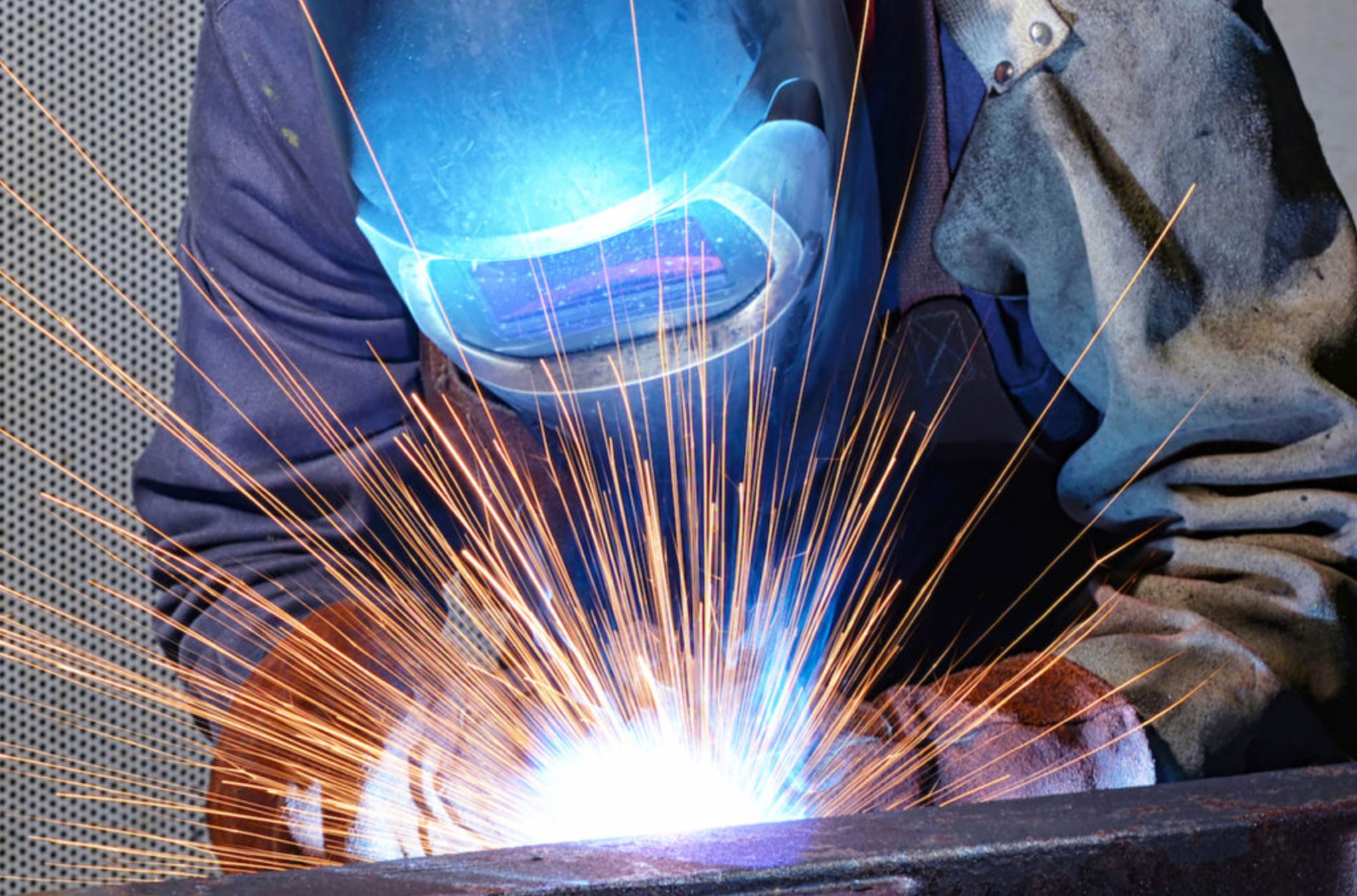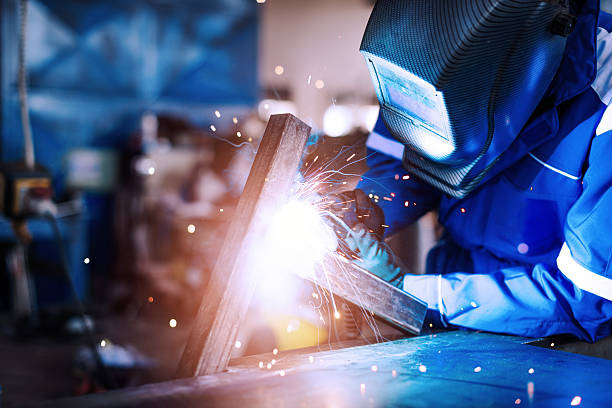Discover the Benefits of Different Sorts Of Welding Services for Your Business

In the world of industrial operations, the selection of welding solutions plays a pivotal role in establishing the top quality and effectiveness of your company processes. Each welding strategy, from MIG to TIG, Arc, and Area welding, provides distinct benefits that accommodate details requirements and demands. Understanding the subtleties of these welding techniques and how they straighten with your company objectives can dramatically affect your profits and functional success. As you navigate the detailed landscape of welding solutions, discovering the one-of-a-kind advantages they give the table becomes not simply a choice yet a tactical critical for your company development and competitiveness.
MIG Welding Advantages
MIG welding, likewise called Gas Metal Arc Welding (GMAW), provides countless benefits to organizations seeking effective and premium welding services. One primary benefit of MIG welding is its versatility in managing different kinds of metals, including stainless-steel, light weight aluminum, and mild steel. This flexibility makes MIG welding a prominent selection for industries with diverse welding needs.

Additionally, MIG welding is a cost-effective choice due to its reliable use of consumables such as filler product and protecting gas. This performance equates to cost savings for services over time. Generally, MIG welding's combination of adaptability, rate, ease of usage, and cost-effectiveness makes it a preferred option for numerous welding applications.
TIG Welding Benefits
Tungsten Inert Gas (TIG) welding offers exact control and remarkable top quality in welding services for services calling for high-standard and precise welds - Welding Inspection Service. TIG welding attracts attention for its capability to produce exact and tidy welds without spatter or stimulates, making it excellent for applications where aesthetic appeals and accuracy are paramount. One of the crucial benefits of TIG welding is its convenience in welding different sorts of metals, consisting of stainless-steel, aluminum, copper, and exotic metals, offering companies with a versatile welding option for various jobs
Furthermore, TIG welding enables welders to work with thinner materials effectively, as the process allows for lower heat input and far better control over the welding arc. Generally, the accurate control, high-quality welds, and flexibility make TIG welding a preferred selection for organizations looking to attain superior welding results.
Arc Welding Pros

Place Welding Advantages
Place welding provides many advantages for companies looking for precise and effective signing up with of steel components in their production procedures. This welding method is extremely cost-efficient due to its quick implementation, minimal need for substantial prep work, and lower power consumption contrasted to various other welding methods (Welding Inspection Service). Spot welding likewise gives a neat and clean surface, making it suitable for applications where aesthetic appeals are essential
Among the crucial benefits of place welding is its capability to develop solid and durable bonds in between metal surface areas. The process creates a concentrated warmth source, resulting in a localized weld that lessens damage to the surrounding areas. This focused warmth application additionally decreases the risk of bending or distortion in the welded materials, ensuring the integrity of the last item.
Furthermore, spot welding is very versatile and can be utilized on a large array of alloys and metals, consisting of steel, light weight aluminum, and copper. Its versatility makes it a popular selection for markets such as automotive, electronic devices, and aerospace, where accuracy and performance are critical. Generally, the advantages of spot welding make it an important asset for businesses aiming to boost their production capacities.
Welding Service Choice Aspects

Another variable to take right into account is the dimension and intricacy of the components being bonded. Some welding techniques are better fit for small-scale and detailed projects, while others are a lot more efficient for larger and extra simple frameworks. Additionally, take into consideration the rate and efficiency of the welding procedure. Relying on your production demands, selecting a welding service that can satisfy your timeline and output requirements is essential for maintaining performance. Evaluate the cost-effectiveness of various welding solutions to make sure that you are getting the best value for your investment. By meticulously thinking about these factors, you can pick one of the most ideal welding service for your business demands.
Final Thought
In conclusion, recognizing the benefits of various kinds of welding services can greatly benefit companies in their decision-making procedure. MIG welding provides effectiveness and speed, TIG welding provides high accuracy and clean welds, arc welding is flexible and affordable, and area More hints welding is perfect for joining thin materials. By considering these variables, companies can pick one of the most suitable welding solution to meet their specific needs and requirements.
MIG welding, additionally understood as Gas Steel Arc Welding (GMAW), provides numerous advantages to organizations looking for premium and reliable welding services. One of the essential advantages of TIG welding is its flexibility in welding different types of steels, consisting of stainless steel, aluminum, copper, and exotic steels, offering services with a flexible welding remedy for numerous projects.
Arc welding is recognized for its high welding speed, enabling reliable conclusion of welding tasks (Welding Inspection Service). On the whole, the pros of arc welding make it a valuable welding service for companies looking for a functional, cost-effective, and efficient welding option
MIG welding uses performance and speed, TIG welding supplies high precision and tidy welds, arc welding is functional and cost-effective, and place welding is perfect for joining thin materials.